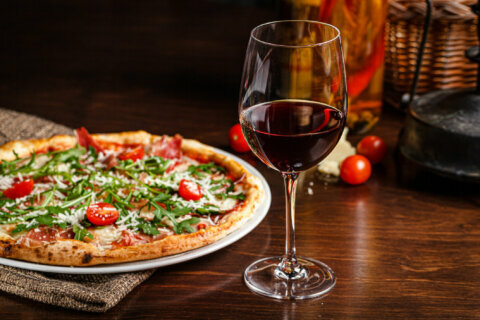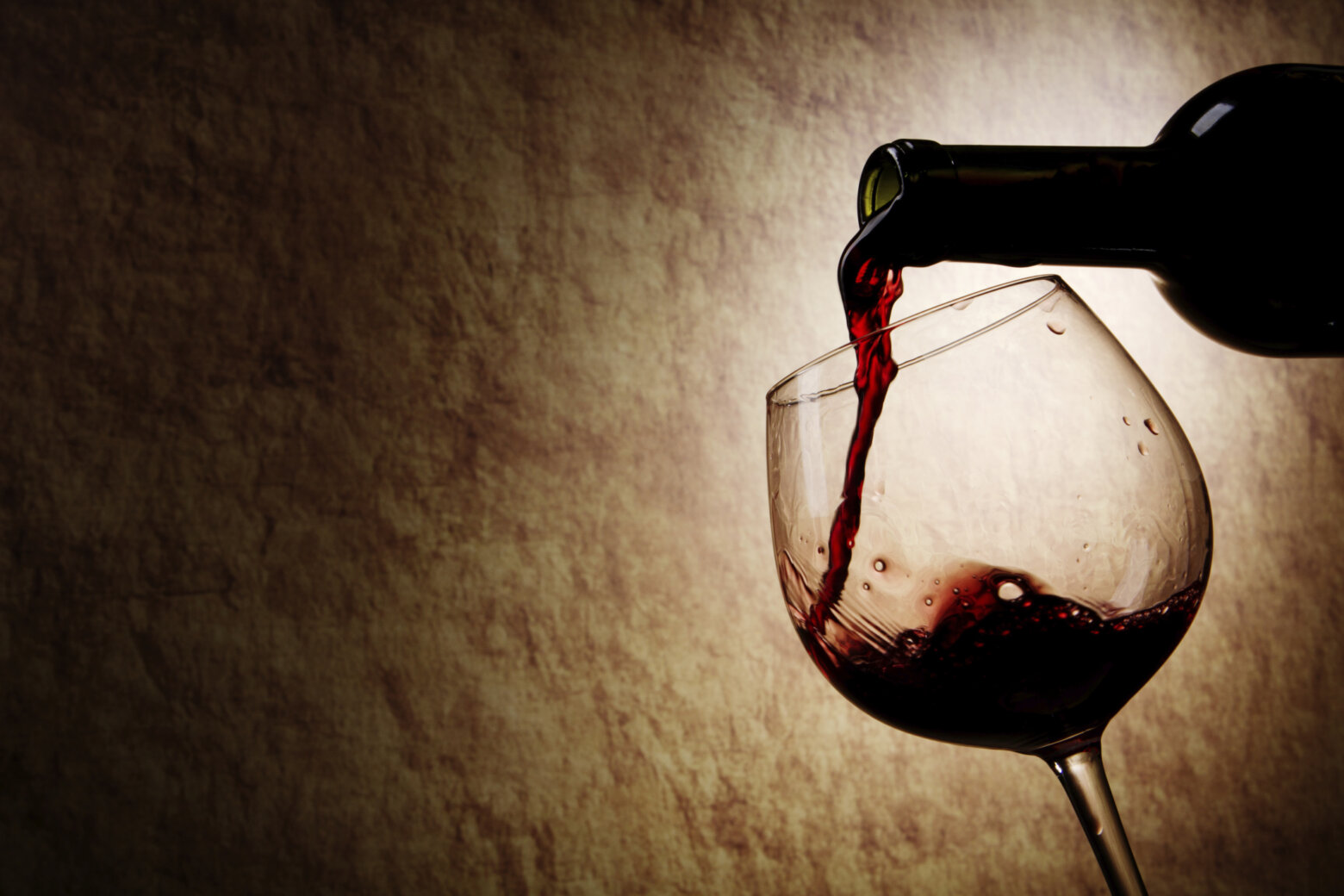WASHINGTON — For many years, I was a sparkling wine snob.
I spent most of my time singing the praises of Champagne from France and occasionally prosecco from Italy. Rarely, if ever, did I think about the Spanish sparkling wine known as cava. Well, shame on me. It turns out that I was overlooking an opportunity to enjoy some high-quality, delicious sparkling wine which, by the way, makes up a rather large portion of the sparkling wine market here and abroad.
Having just returned from the Penedès region of Spain, which is considered the center of the country’s cava production, that has all changed. I was able to learn, firsthand, about the production of cava and its long rich history in Spanish culture and cuisine. But, as all wine-lovers know, the proof is always in the glass, and the proof is pretty tasty.
Best of all, cava delivers some of the greatest quality sparkling wines for the money.
While cava can technically be produced just about anywhere in Spain, the Penedès region, located approximately one hour south of Barcelona, is the cultural birthplace of the wine. There are approximately 160,000 acres of vineyards devoted to the grape varietals grown, some of which may be familiar to American consumers, such as chardonnay.
But the most common varietals are indigenous to the area and include macabeu, parellada and xarel·lo. People in the Penedès region have been using these varietals to produce cava for a very long time. Records indicated that cava has been around since 1851, and while it has always been popular in Spain, it has grown in immense popularity in markets around the world in the last 20 years or so.
It is important to note that cava must be produced using the method Champenoise — or Methode Traditional — where vinified wine is bottled with additional sugar and yeast, which creates a second fermentation. It is this additional fermentation in the bottle that results in a natural sparkling wine. The wine is then allowed to age on the dead yeast (the lees) for a minimum of nine months.
Eventually, the yeast is removed by turning the bottles upside down, also known as riddling, and the neck of the bottles are frozen in order to trap the dead yeast in a small block of ice. The wine is briefly opened and the frozen piece is popped out by the pressure in the bottle. The wines are then “topped off” with additional wine that may contain a small amount of sugar — called the dosage — in order to create the final product character (i.e. brut, demi-sec, sec) before it is reclosed with a traditional cork and wire cage. Wines that receive no additional sugar are known as brut nature.
According to the website spanish-wines.org, the level of sugar in the dosage defines the class of wine into following categories:
- Brut nature: up to 3 grams of sugar, not added sugar
- Extra brut: up to 6 grams of sugar per liter
- Brut: up to 12 grams of sugar per liter
- Extra seco (extra dry): between 12 and 17 grams of sugar per liter
- Seco (dry): between 17 and 32 grams of sugar per liter
- Semiseco (semi-dry): between 32 and 50 grams of sugar per liter
- Dulce (sweet): more than 50 grams of sugar per liter
Brut nature and extra brut cavas, where no added sugar is added, have become much more popular and tend to be extremely high quality, which has led to an increase in their production. However this has also resulted in a decrease in the output of semiseco cava, and the sweet variety has almost stopped being made altogether.
Most cava is vintage wine, where grapes harvested for the production of cava are from a specific year. However, cava can differ in quality based on how long it has been aged — resting on the lees — before it is disgorged. The minimum requirement for aging cava is nine months. Between nine and 15 months, the wine is known as Joven. Fifteen to 30 months earns the title of Reserva. Cava that is aged longer than 30 months is awarded the designation of Gran Reserva, after it has passed analysis by the regulatory board in the area.
On their fourth generation of winemakers, Juvé y Camps is also one of the few major cava producers to grow fruit and produce wines from its own estate. This start-to-finish control can be appreciated in the 2013 Juve y Camps Brut Nature Gran Reserva, a blend of traditional varietals. The wine spends 36 months on the lees before disgorgement and receives no additional sugar in the dosage, so it is 100 percent Brut Nature. The lengthy aging allows the wine to develop aromas of baked bread, hay and bright salinity on the nose. Flavors of apricot, nectarine and charming yeasty notes are carried across the tongue by fine-tuned bubbles. Delicious with grilled scallops. $20
I was carted up into the hills of Penedes to see, firsthand, the biodynamic farming techniques that have been adopted by the Gramona family, a fifth generation winemaking family, obsessed with quality cava from native varietals. The 2012 Gramona Cava Gran Cuvee Brut Gran Reserva may be the entry level cava, but it sure drinks like a fine cuvee. Made from mostly xarel-lo with a bit of chardonnay, the wine is beautiful, fresh and vibrant with flavors of tart apple, tangy nectarine that are buoyed in the mouth by fresh acidity and very low sugar in the dosage. The slightly yeasty finish adds the perfect amount of charm. Enjoy this with roast chicken. $22
The Segura Viudas estate has roots dating back to the 11th century. In the 1850s it began crafting cavas, becoming one of the region’s top producers of sparkling wines. The star performer, the Segura Viudas Brut Reserva Heredad, is made from only the first pressing of the highest quality base wines from each vintage, the cava is then aged on the lees, in-bottle, for over 30 months. It is an excellent example of how delicious these wines can be. It has a pretty nose of rose petals and creme brulee. It’s nutty and creamy at the same time with flavors of green apple and ripe peach filling out the mid-palate and a touch of minerality on the persistent finish. Perfect with cured meat and cheese plates. $23
If you’re looking for a sweet way to start a party or end a meal, the 2014 Roger Goulart Demi Sec Reserva is the way to go. It spends 18 months in the bottle before it is disgorged with a dosage of 35 grams of sugar per liter. But despite the level of the dosage, the wine — made with xarel·lo, macabeo and parellada — remains youthful and fresh, thanks to the vibrant acidity. It displays a white stone fruit bouquet on the nose and flavors of ripe peach, pear and apricot in the mouth. There are slight hints of yeast on the sweet-yet-balanced finish. Enjoy this as an aperitif or with wedding cake. $23







